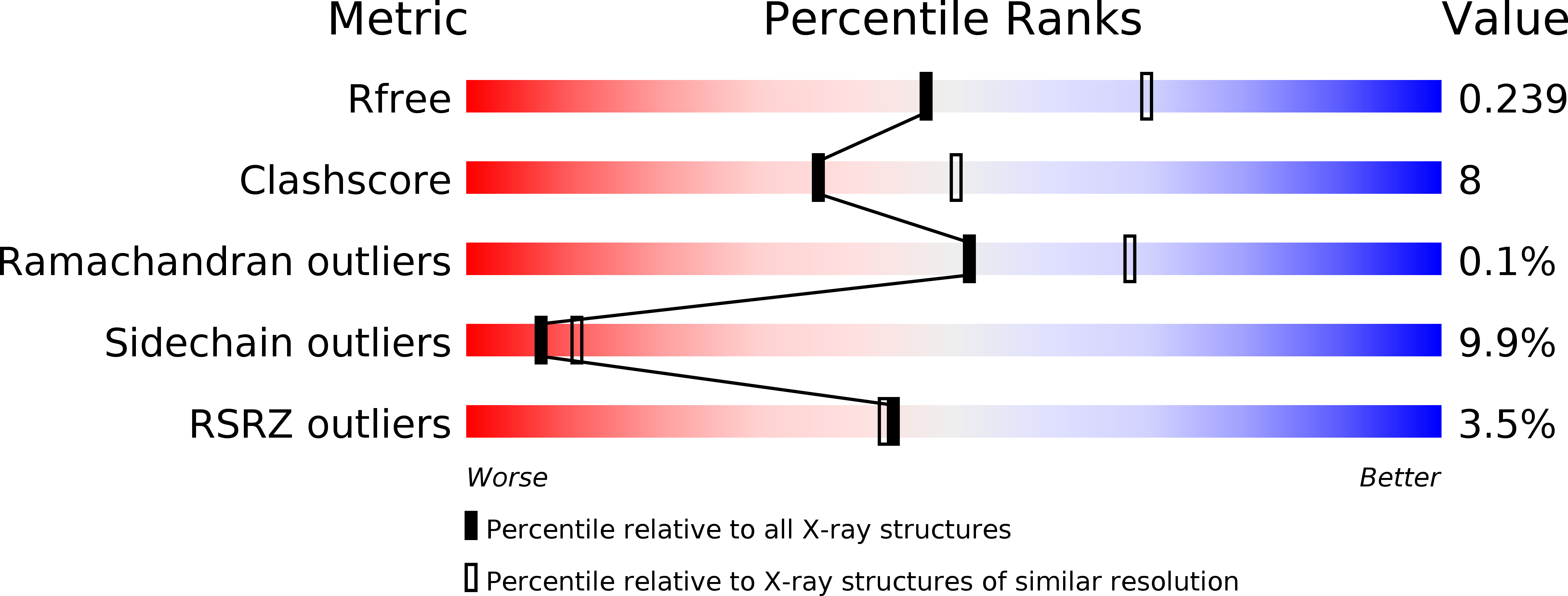
Deposition Date
2015-04-09
Release Date
2015-10-21
Last Version Date
2023-09-27
Entry Detail
PDB ID:
4Z94
Keywords:
Title:
Actin Complex With a Chimera of Tropomodulin-1 and Leiomodin-1 Actin-Binding Site 2
Biological Source:
Source Organism:
Homo sapiens (Taxon ID: 9606)
Oryctolagus cuniculus (Taxon ID: 9986)
Oryctolagus cuniculus (Taxon ID: 9986)
Host Organism:
Method Details:
Experimental Method:
Resolution:
2.40 Å
R-Value Free:
0.24
R-Value Work:
0.18
R-Value Observed:
0.18
Space Group:
P 1 21 1


